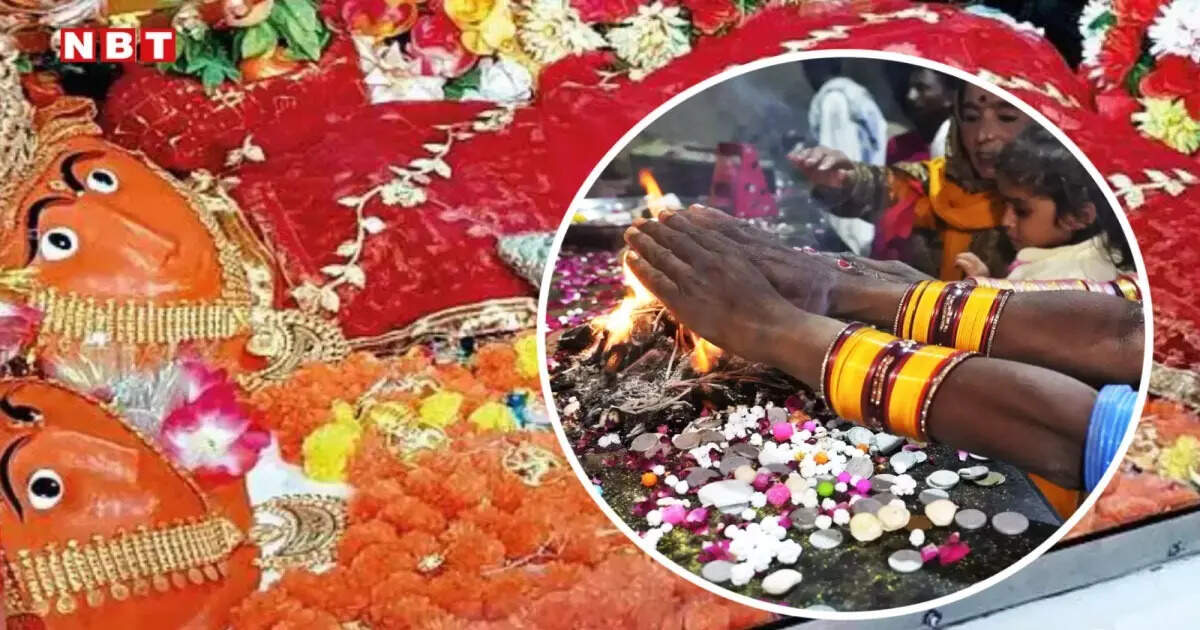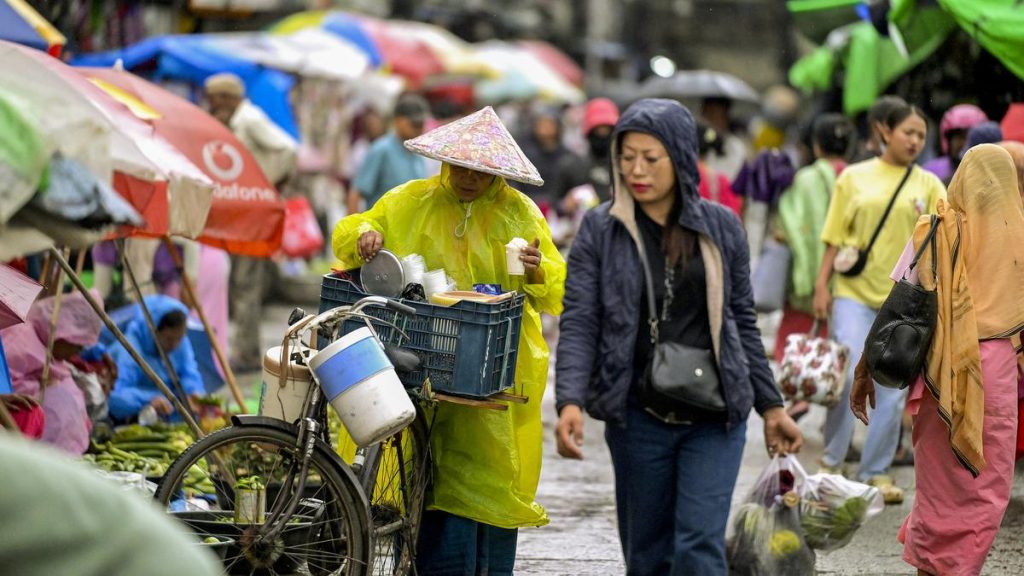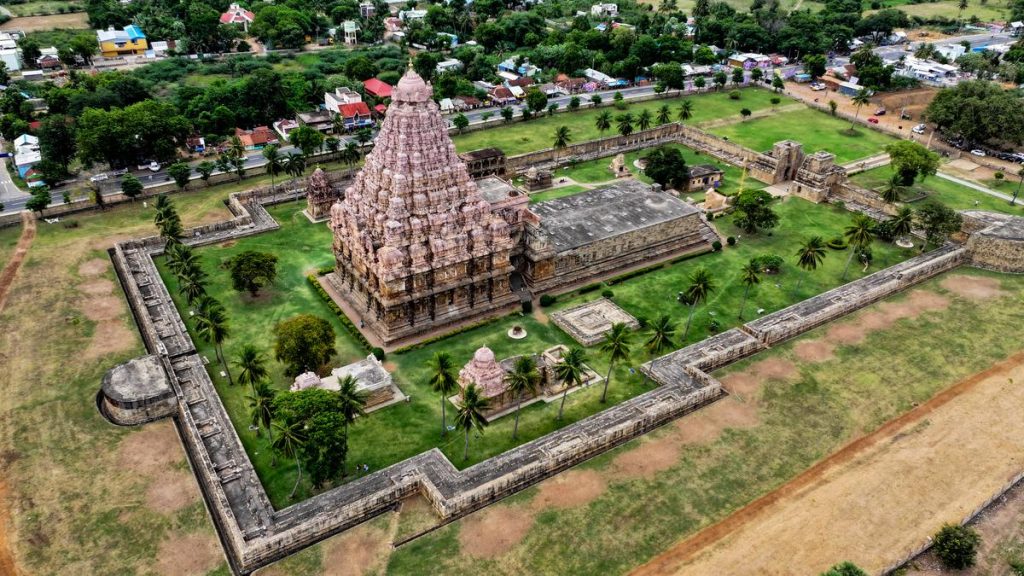Now Reading: Sure, please share the original headline so I can create a revised version for you
-
01
Sure, please share the original headline so I can create a revised version for you
Sure, please share the original headline so I can create a revised version for you

Quick Summary
- Location & Importance: The Hinglaj Devi Temple in Balochistan is a major religious site for Hindus in Pakistan, hosting the largest annual Hindu festival in the country.
- Pilgrimage Details: Thousands of devotees, including many from remote areas in Pakistan, undertake long and arduous journeys to reach the temple, symbolizing deep spiritual commitment.
- Historical Context: Believed to be one of the places where Shiva’s wife Sati’s remains fell, this temple is located within a natural cave. Pilgrims often trek across seven mountains to complete their worship rituals.
- Hindu Population Challenges: Hindus make up approximately 2% of Pakistan’s population (~4 million). They face systemic discrimination regarding housing, jobs, and social welfare. Reports of forced conversions and abductions are frequent.
- Accessibility Improvements: Since the early 2000s, infrastructural upgrades like the Makar Coastal Highway have made reaching Hinglaj temple easier by vehicles despite some opting for traditional foot pilgrimages.
- Comparative Spiritual Importance: For many Pakistani Hindus, visiting Hinglaj Devi holds importance equivalent to performing Hajj.
Indian Opinion Analysis
The enduring significance of Hinglaj Devi Temple reflects both cultural resilience and challenges faced by Pakistani Hindus amidst systemic marginalization. Infrastructural advancements offer logistical ease yet underscore how traditional practices such as foot pilgrimages remain crucial for preserving heritage. This highlights how tangible infrastructure can coexist with intangible devotion.
From India’s perspective, strong emotional connections exist as this pilgrimage transcends borders due to its historical significance for Hinduism believers globally-especially those in border states like Rajasthan or Gujarat who share ties with Hinglaj Mata spiritually but cannot visit easily due to visa restrictions.
This issue underlines broader questions about religious plurality-how minority communities wrestle with safeguarding traditions while navigating political realities within hostile environments-a poignant reminder relevant not just abroad but possibly inspiring communal harmony discussions closer home.




























